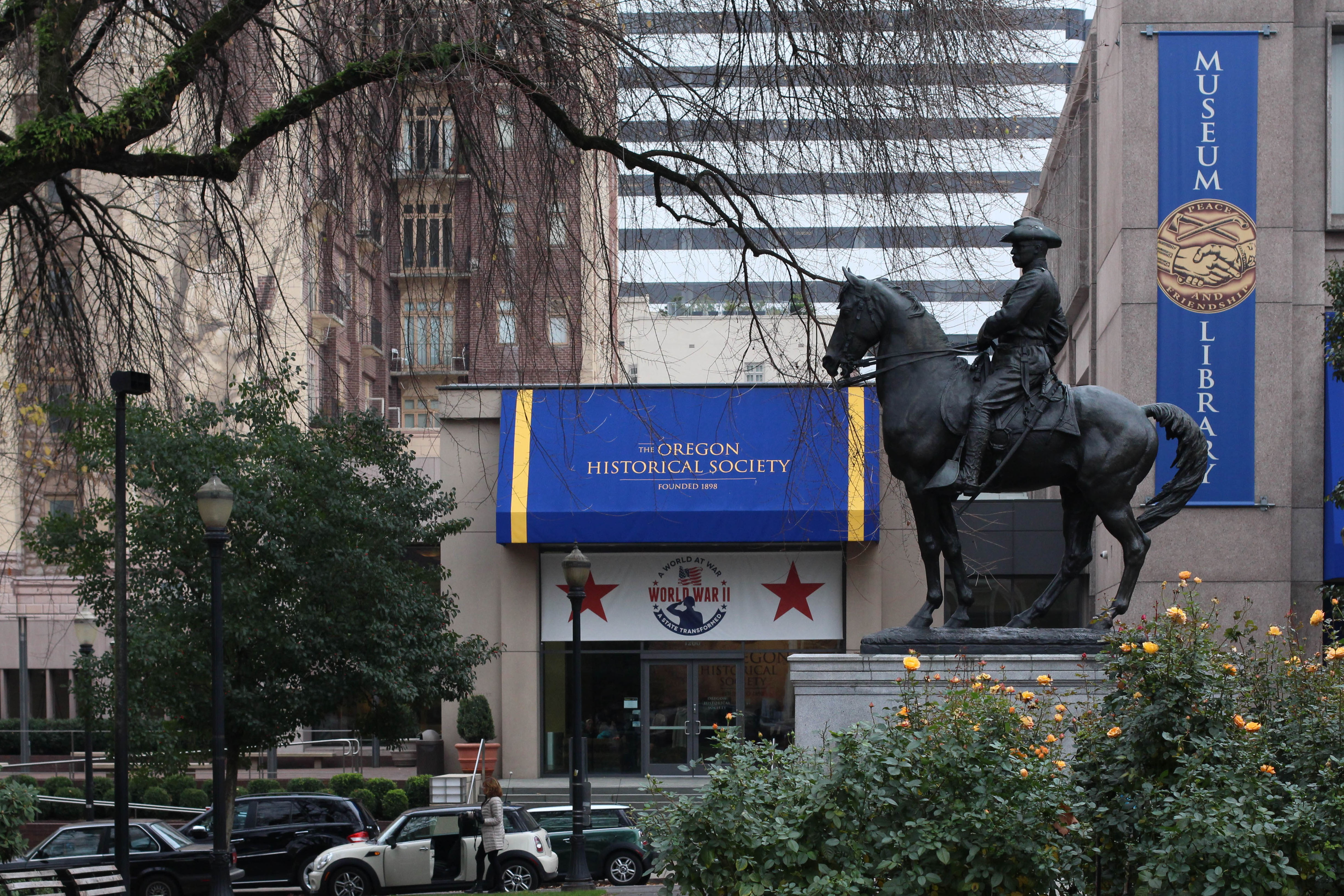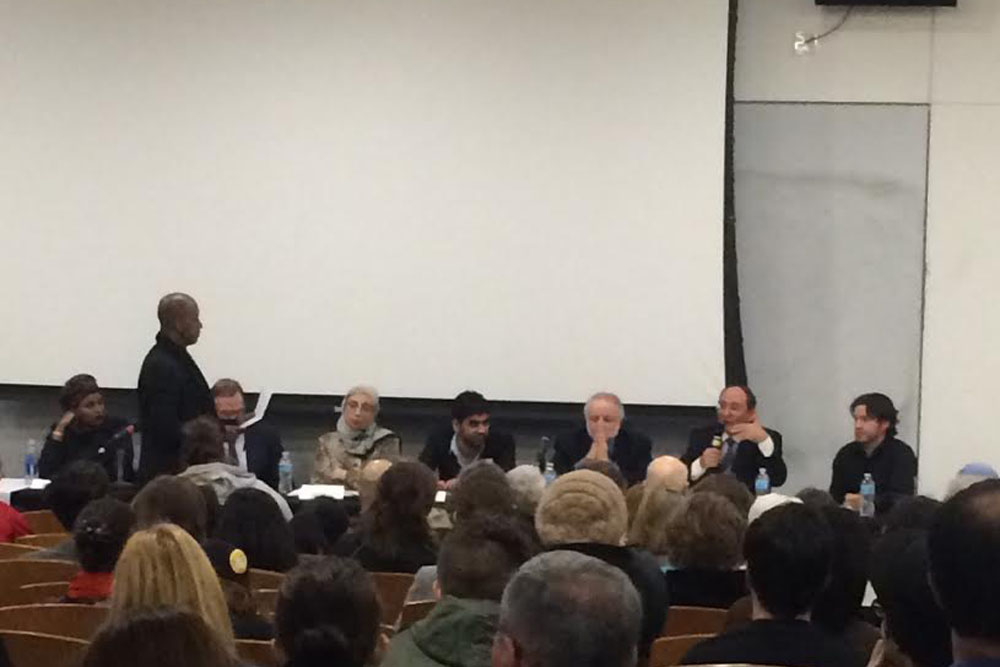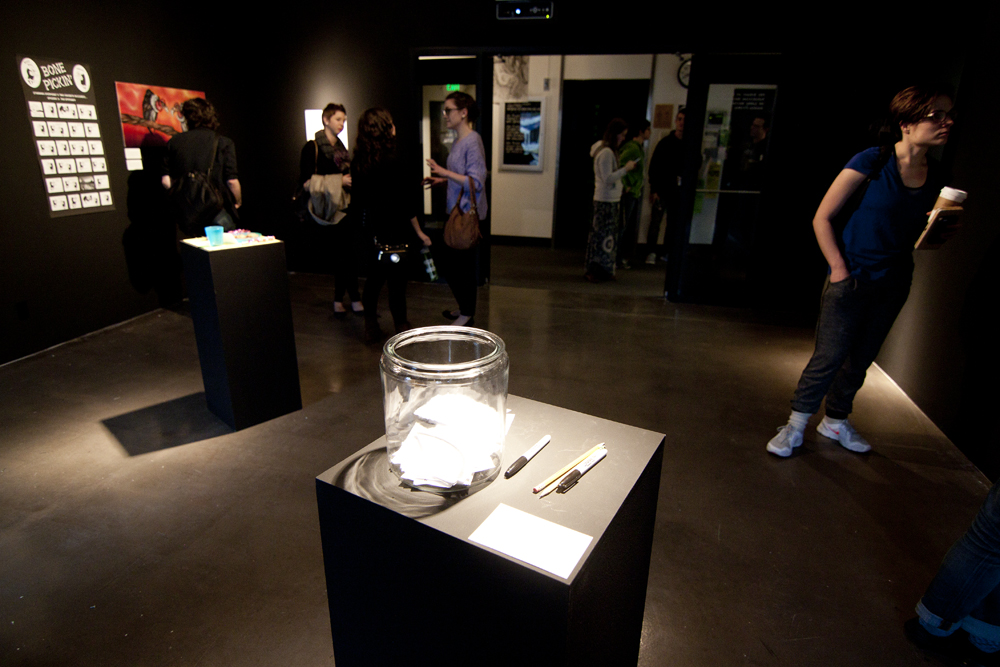Chinese American: Exclusion/Inclusion is an informative, thought-provoking exhibit on display at the Oregon Historical Society until June 1.
This is a multi-medium exhibit which includes videos, artifacts, maps, photographs and illustrations explaining the history of America’s relationship with China, from trade and the Opium Wars in the 18th and 19th centuries to the so-called ping pong diplomacy of President Nixon. It also strives to capture the Chinese-American immigrant experience through historical stories.
OHS had been wanting to present an exhibition about Chinese-American history for several years. When the executive director, Kerry Tymchuk, heard about the acclaimed New York Historical Society exhibit, he visited it in New York City and arranged to host it temporarily at OHS.
“Seeing in person just how powerful the exhibition was, he [Tymchuk] knew that this was an important story to tell in Oregon,” said Rachel Randles, the OHS communications and marketing manager. “And at this time, OHS is the only venue to host this exhibition on the West Coast.”
Chinese-Americans have played a crucial role in American and Oregon history. They were miners, laborers and business owners. But Chinese immigrants were also formally excluded from the United States by the 1882 Exclusion Act, which barred most Chinese from entering the country. It was the first time in U.S. history that a law had restricted immigration based on race and class.
In 1943 it was repealed when China and the U.S. became allies against Japan in World War II, but it wasn’t until 2012 that congress formally passed a resolution of regret, apologizing for the legislation.
“The legacy of the decades of racist policies that followed that act continue to be felt today,” Randles said. “As debates continue to rage across Oregon and the United States about immigration, labor and civil rights, we at the Oregon Historical Society believe historical context is a valuable tool for citizens’ decision making.”
One patron, Yi-Hsin Yao, is an elementary school teacher visiting from San Francisco. She said she has taken her students to the museum on Angel Island but this exhibit was more clear and informative. She teaches Mandarin and wants her students to learn the authentic stories of Chinese people.
“I think for learning this language, the background and culture is also important,” Yao said.
She was impressed by the many ways the exhibit does this and wishes she could share it with her students, especially the cartoon depiction of an immigrant family’s story.
Randles said the response to the exhibit has been very positive. They celebrated the opening with a special Dragon Dance and Parade where 1,000 spectators watched as over 50 volunteers paraded through the streets with a dragon owned by the Portland Chinatown History & Museum Foundation—the dragon hadn’t been used in a public performance for 10 years.
Randles said OHS is dedicated to preserving the history of all the people, places and events that have shaped Oregon. OHS realizes that this history is essential in order to understand the state and tries to examine, educate and display that rich history through their exhibits.
Starting on February 29, OHS will also be hosting a second exhibition on Chinese American history, called Beyond the Gate: A Tale of Portland’s Historic Chinatowns. In this original exhibition, curated by Jackie Peterson-Loomis, the museum will explore Portland’s Old and New Chinatowns.






